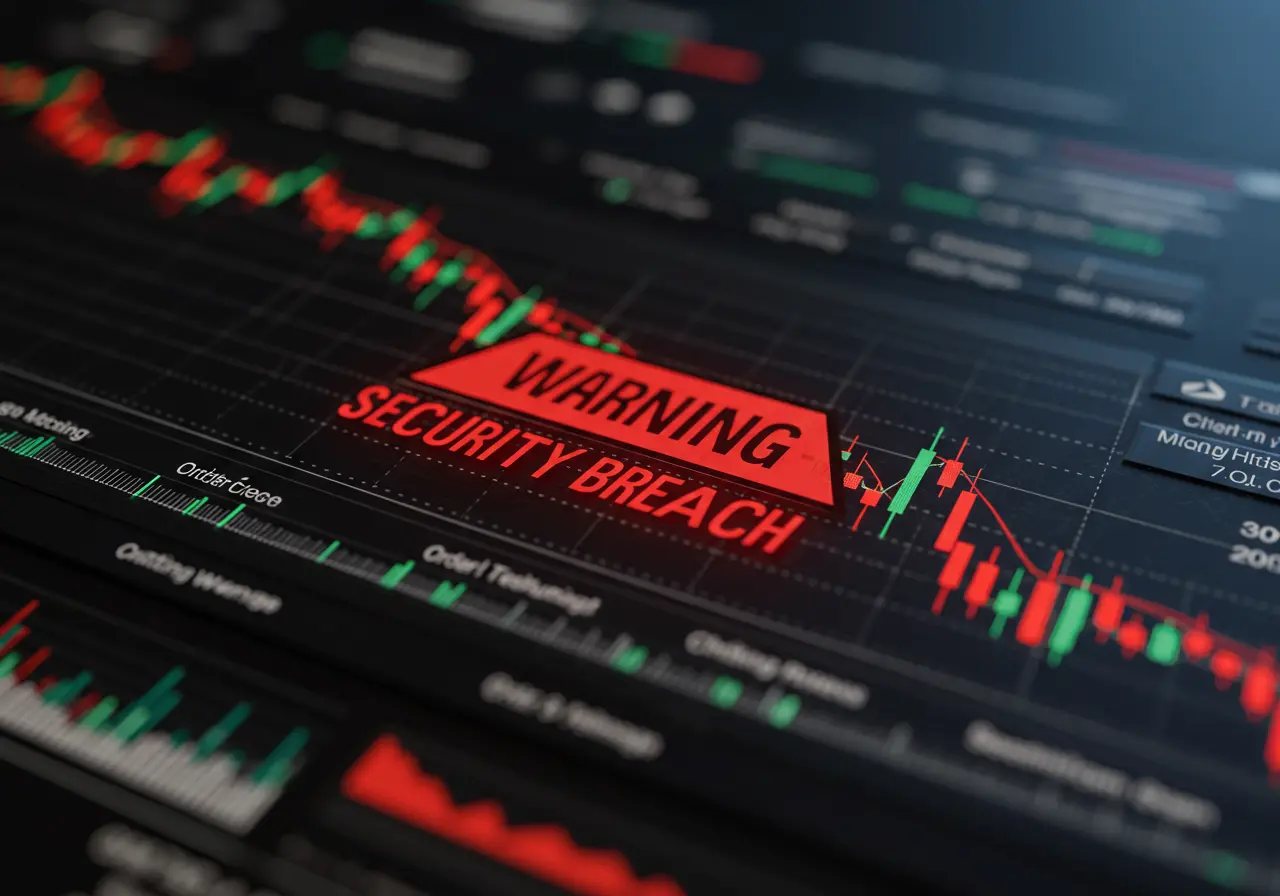Bybit Suffers a Record $1.4 Billion Ethereum Heist — A Wake-Up Call for Crypto Security
In February 2025, Bybit faced a shocking security breach. Around 400,000 ETH, valued at approximately $1.4 billion, vanished from its cold wallet—and the crypto world was shaken. This was the largest Ethereum hack ever recorded. Many readers felt anxious: if a top-tier exchange can be compromised, what does that say about the rest of the ecosystem?
This wasn’t just a technical glitch. The breach has been linked to the notorious Lazarus Group, a hacking force associated with North Korea, known for stealing billions in crypto over several years. They seem to have found and exploited a weakness in Bybit’s third-party wallet infrastructure, slipping in undetected and transferring funds into less-secure environments over time. The precision and planning behind the operation leave little doubt: this was a high-stakes, professional attack.

How the Hack Impacted the Market and Public Trust

Almost immediately, panic hit the markets. Investors rushed to withdraw funds from Bybit and even other platforms, fearing contagion. Ethereum’s price dipped sharply. Sentiment shifted too—what had once felt like a forward-leaning, innovative space started feeling fragile.
What troubled many was more than the money lost. It was what this breach illustrated: even elite exchanges are vulnerable. When news broke, the conversation turned to trust. Some users paused their activity altogether. Retail and institutional investors alike began questioning the strength of platforms they had previously trusted.
Table of Contents
What Followed: Response and Fallout
Bybit scrambled emergency support—partnering with liquidity providers to refill the stolen reserves within three days. But rebuilding funds is not the same as rebuilding confidence.
Other platforms took note and initiated urgent upgrades:
- Many announced stricter multisignature cold storage, so no single key breach can trigger fund movement.
- Public proof-of-reserves audits (sometimes zero-knowledge) became more common, offering transparency without exposing sensitive data.
- Exchanges ramped up identity verification controls for internal staff and contractors.
Regulators also took notice across several countries, demanding standard minimal security protocols for licensed platforms. The message became clear: exchange operators must now meet higher safety expectations or risk losing user confidence.
Why This Matters to Everyday Crypto Users
You don’t need to be a technologist to feel the impact—here’s how this affects you directly:
- Leaving funds on exchanges is risky. Even if a platform claims insurance, retrieval is never guaranteed.
- High-profile hacks erode market stability. That price dip following the Bybit breach reminded everyone how quickly sentiment can shift.
- Regulation is tightening. As exchanges face more oversight, your rights and responsibilities around custody and reporting may shift too.
How to Take Action and Protect Your Crypto
Here’s the personal checklist every user can follow immediately:
- Move long-term holdings to a hardware wallet. Don’t rely on exchanges for assets you don’t plan to trade imminently.
- Enable robust two-factor authentication. Prefer hardware or authenticator apps over SMS.
- Store seed phrases securely. Keep them offline, ideally in safe locations or protected notebooks—not photos or plain digital notes.
- Know your exchange’s security measures. Ask if they use multisig cold storage, hold insurance, or publish audits. If they don’t, consider moving funds.
- Stay vigilant against phishing. Avoid suspicious links or unsolicited messages. Always double-check domain names and never share credentials.
- Diversify where you hold funds. Splitting assets across multiple secure locations reduces single points of failure.
Reflecting on What This Means for the Crypto Ecosystem
This massive breach reminds all of us that crypto isn’t inherently safe—it depends on strong custody habits, smart technology, and informed decisions. A hack of this size forces a collective reckoning: trust is not automatic. It must be built and protected.
Fortunately, the incident also sparked positive change. Exchanges are acting, users are educating themselves, and industry dialogue around standards and audits is accelerating. If we all lean into stronger practices—both platforms and individuals—the ecosystem becomes healthier over time.
In Summary
This event is not just another warning. It’s a turning point. Bybit’s $1.4 billion setback and CoinDCX’s $44 million hack in the same period turned the spotlight on security at every level. That’s over $2.1 billion lost in just a few months of 2025.
The takeaway is clear: responsibility lies with you. Platforms must improve. Regulators must enforce. But your own habits—hardware wallet use, awareness, diversification—make the biggest difference. Crypto’s promise depends not on magic, but on smart, human habits.

Hello, I’m Edmilson Dias, founder of CoinBringer. I created this platform to guide people through the fast-moving world of cryptocurrency with clarity and safety. With years of research in blockchain and digital security, my goal is to translate complex topics into practical knowledge, offering reliable tutorials, safety insights, and guidance for both newcomers and experienced users.
Discover more from CoinBringer
Subscribe to get the latest posts sent to your email.







